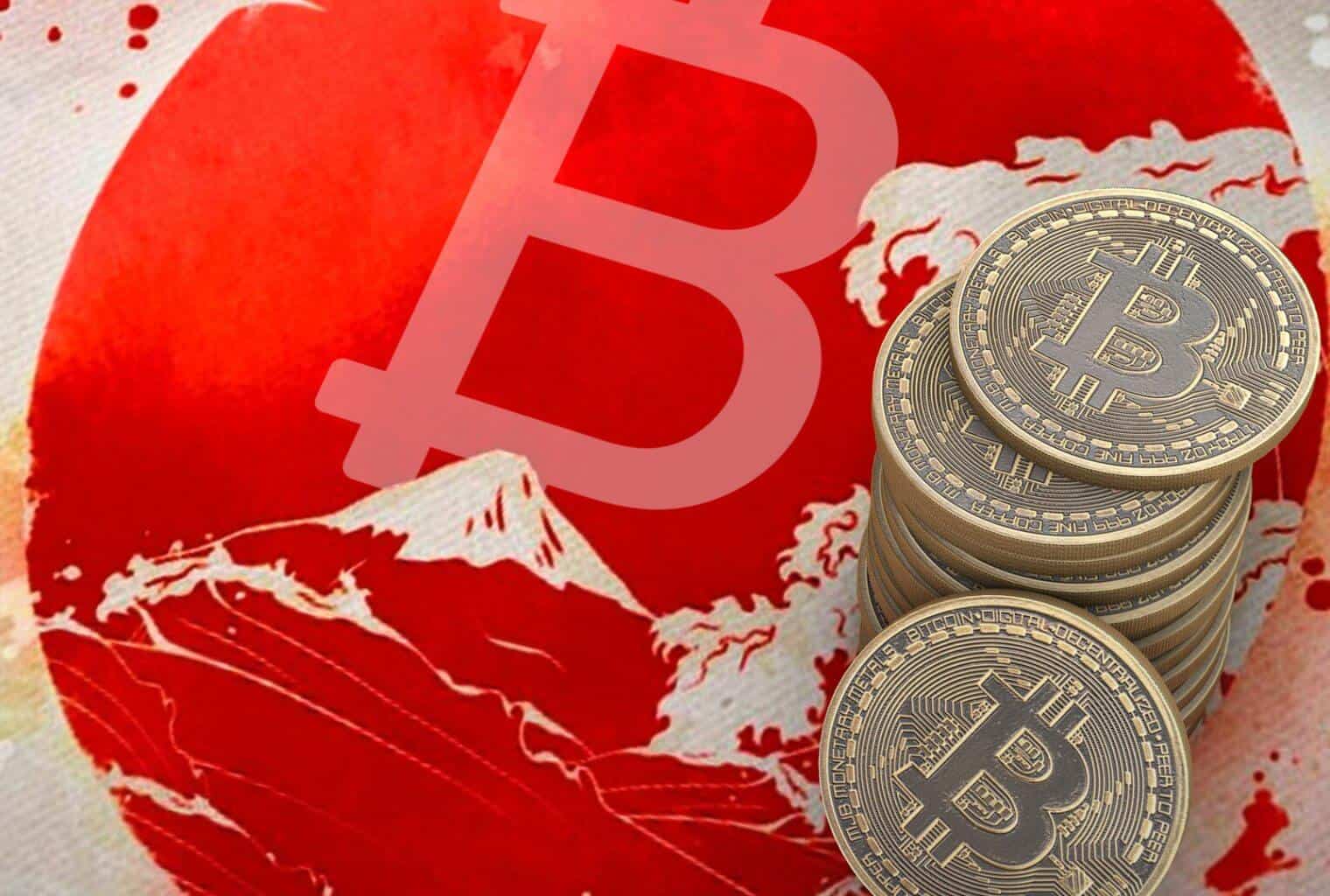Inflation is too tame for the society to rush into a gold-backed stablecoin. A bank deposit-linked token holds more promise.
An inflation hedge in deflation-prone Japan? At least that’s what Mitsui & Co. is preparing to offer via a coin that may be available as early as this month.
According to Nikkei, the trading house is planning a cryptocurrency linked to the yen-denominated price of one gram of gold.
Gold is a sideshow in the blockchain world. When it comes to backing a token with a fiat currency or another asset to stabilize its price, the dollar is by far the more popular choice. Tether, which promises 1:1 conversion into the U.S. currency, has a market capitalization of nearly $80 billion, according to CoinGecko, compared with under $500 million for Tether Gold and a little less than $400 million for Pax Gold.
But then, the main use of stablecoins so far has been as a store of value — for traders to buy and sell wildly fluctuating tokens like Bitcoin, Ether and Shiba Inu without needing to convert funds into fiat money and vice versa.
Mitsui, on the other hand, appears to be aiming for broader adoption of its so-called ZipangCoin, as both means of payment at convenience stores and supermarkets and as protection against inflation.
Inflation expectations are hardening everywhere, though fiat money losing its domestic purchasing power isn’t exactly a topic of conversation in Japan. Prices of consumer goods ex-fresh food rose 0.5% from a year earlier in December, unchanged from the previous month. When it comes to tightening monetary policies, the Bank of Japan is holding out as the only major dove among hawkish central banks outside of China.
The Japanese public doesn’t have a crying need for an inflation hedge. Where Mitsui’s coin might work is in whetting consumer appetite for what’s coming later this year: a Japanese bank deposit-backed digital currency.
The project, which goes under the clunky moniker of DCJPY, is worth watching. It has the backing of the three Japanese mega banks as part of a consortium of 74 organizations, according to Nikkei. Should the initiative take off, the whole point of a BOJ-issued digital yen — something that’s at least a few years from becoming reality — might become moot.
If its white paper is any guide, DCJPY will be born as programmable cash. As goods and services change hands according to rules written as software code — blockchain-based smart contracts — interlinked payment instructions will flow instantaneously to the second level of a two-tier infrastructure.
Banks will debit the buyer’s deposits and remit the money in a tokenized form to the seller. Businesses would be spared the expenses associated with handling cash payments and manual settlement. Entire supply chains could go paperless and cashless.
The biggest advantage for lenders is they have no reason to fear these tokens. Unlike a central bank digital currency, which can threaten their deposit franchise, financial institutions will remain in charge of DCJPY — the coins they issue will be backed by customer deposits.
This is also reassuring from the policymakers’ standpoint since banks are already regulated. Unlike a nonbank stablecoin that may run out of assets to meet its liabilities, a deposit-backed token poses no additional systemic risk.
Using bank deposits for what are essentially fast, 24/7 online payments may not seem like a revolutionary idea anywhere except in cash-loving Japan, where direct debits have been surprisingly rare, according to Rakuten Group Inc.
The e-commerce giant runs a popular loyalty program, which has given away the equivalent of billions of dollars in points. These points act as real money across a variety of services ranging from booking a beauty salon appointment to paying for sushi or settling a utility bill.
Now that Rakuten has integrated East Japan Railway Co.’s Suica payment system into its app and used this dominance of e-money to create a bank with 7 trillion yen ($60 billion) in deposits, traditional financial institutions are thinking of ways in which they could come back into the game. That’s probably the biggest motivation for DCJPY.
While the blockchain element of the stablecoin project is a novelty, what will matter from consumers’ perspective is how convenient it is to use in everyday situations.
Globally, payment processors are warming up to the potential of distributed ledger technology. Instead of relying on a central authority to prevent double-spending of the same money, the blockchain spreads out the record-keeping.
PayPal Holdings Inc. is exploring its own stablecoin, while Visa Inc. has teamed up with fintech firm Circle to enable business customers to spend USD Coin — a currency on the Ethereum blockchain that pegs its value to the dollar — with 70 million merchants.
“Payments are eating the world,” says the provocative title of a JPMorgan Chase & Co. report. For the U.S. Federal Reserve or the BOJ, it may not be a bad idea to stand on the sidelines of the banquet. They could easily delay official, public-sector versions of electronic cash to see where the ongoing explosion in private-sector innovation eventually leads.
Unless the current rate of 0.5% inflation in Japan suddenly speeds up by 10-fold, a gold-backed stablecoin of the kind Mitsui is planning may have only a peripheral role in the future of money.
However, something like DCJPY may be more enduring, provided users find it a worthwhile alternative to e-money.
Read full story on Bloomberg



